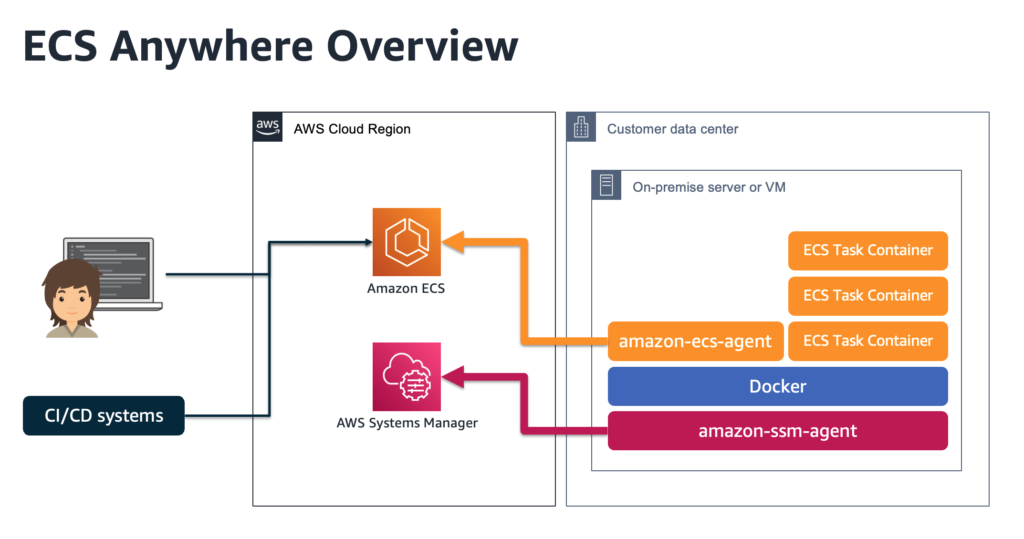A 2020 review of Container Management Softwares
Containerization is an Os-level virtualization technique that allows you to package all the dependencies and your code into an image, that can be run uniformly, efficiently, and bug-free across different computing environments. This allows process isolation, agile production, easy deployment, and high scalability.
Initially popularized by Docker in 2013, it has become one of the fastest adopted technologies. According to a Gartner report, by the end of 2023 70% of businesses will be using containers in some form. Docker became so popular as it was one of the first companies to provide a complete ecosystem to maintain your containers.
With the rise of the popularity of containers, many more companies have developed their own Container Management Softwares. In this blog we will discuss the most popular software to manage the containers on your development, testing, or deployment servers.
Amazon Elastic Container Service (ECS)

Amazon EC2 Container Service (ECS) is a container management service, that allows users to easily run Docker containers on a managed cluster hosted on EC2 instances. Using ECS is simpler as the dashboard is more user friendly and Amazon provides tons of documentation that can help any newcomers to get started with containers. Experienced users might notice ECS lacks the maturity and features that other software provides. It is also too tightly coupled with the EC2 service.
Google Kubernetes Engine

Google Kubernetes Engine allows users to deploy, manage, and scale containerized, powered by Kubernetes. It provides great resource monitoring using stackdriver and provides the option for High-availability clusters. GKE is said to have the best orchestration out of all software available. There is no native support for Visualization and the user has to rely on third-party plugins. Problems with network isolation seem to be a common issue.
Red Hat OpenShift Container Platform

OpenShift Container Platform is an on-premises platform as a service built around Docker containers orchestrated and supervised by Kubernetes on a foundation of Red Hat Enterprise Linux. It is an Enterprise level solution having no vendor lock-in. It works well with a RedHat ecosystem, so if your server runs on RedHat OS, OpenShift will ensure minimum problems. OpenShift supports multiple Application Development Lifecycle stage environments, helps you adopt OpenShift without changing your process or methodologies.
Rancher

Rancher is an open-source platform for administring containers that provides a full set of infrastructure services for containers, including networking, storage services, host management, and load balancing, work across any infrastructure, and make it simple to reliably deploy and manage applications. Rancher supports Cross-host networking through a private software-defined network for each environment, permitting secure communication between containers across any type of host and clouds. Being an opensource tool it does lack documentation and guides. Performance at high loads tends to suffer.
IBM Cloud Kubernetes Service

IBM Cloud Kubernetes Service allows the users to deploy highly available containerized apps in Kubernetes clusters and use the powerful tools of IBM Cloud Kubernetes Service to automate, isolate, secure, manage, and monitor theirs workloads across zones or regions. It is a powerful yet easy to use tool thanks to its intuitive dashboard. It only requires a few clicks to start your own cluster. Lacks pipeline management services and needs more documentation.
Conclusion
The main purpose of this blog was to outline the different popular Container Management Software to show that each software provides its own benefits and drawbacks. So, instead of directly choosing the most popular software proper research needs to be done to understand which will work the best according to your companies needs.
Do not try to copy someone else’s answer as everyone has a different question paper.
Add Comment
You must be logged in to post a comment.








